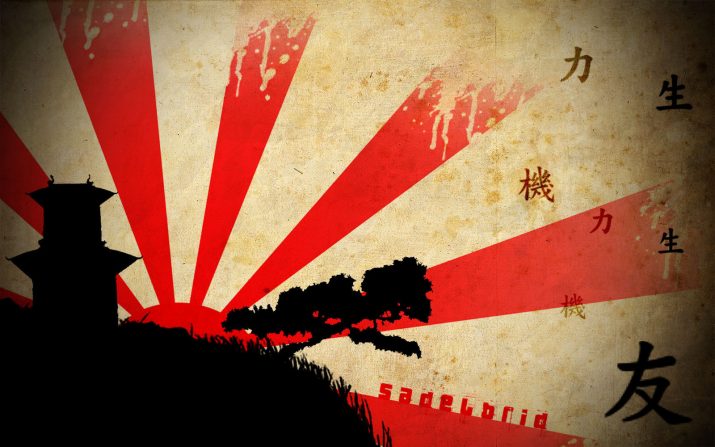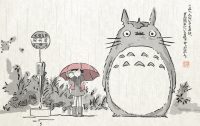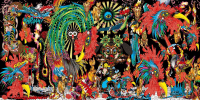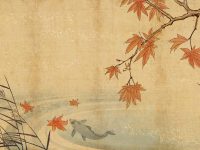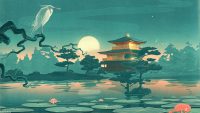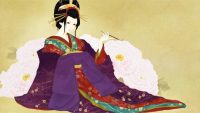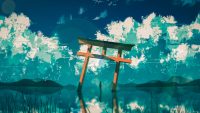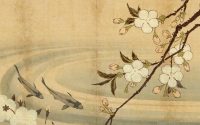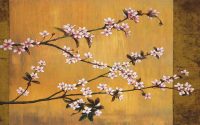Japanese Art Wallpaper
Japanese art covers a wide range of art styles and media, including ancient pottery, sculpture, ink painting and calligraphy on silk and paper, ukiyo-e paintings and woodblock prints, ceramics, origami, and more recently manga which is modern Japanese cartoons and comics along with a myriad of other types. It has a long history, ranging from the beginnings of human habitation in Japan, sometime in the 10th millennium BC, to the present-day country.
Japan has been subject to sudden invasions of new ideas followed by long periods of minimal contact with the outside world. Over time the Japanese developed the ability to absorb, imitate, and finally assimilate those elements of foreign culture that complemented their aesthetic preferences. The earliest complex art in Japan was produced in the 7th and 8th centuries in connection with Buddhism. In the 9th century, as the Japanese began to turn away from China and develop indigenous forms of expression, the secular arts became increasingly important; until the late 15th century, both religious and secular arts flourished. After the Ōnin War (1467–1477), Japan entered a period of political, social, and economic disruption that lasted for over a century. In the state that emerged under the leadership of the Tokugawa shogunate, organized religion played a much less important role in people’s lives, and the arts that survived were primarily secular. The Meiji Period (1868-1912) saw an abrupt influx of Western styles, which have continued to be important.
Painting is the preferred artistic expression in Japan, practiced by amateurs and professionals alike. Until modern times, the Japanese wrote with a brush rather than a pen, and their familiarity with brush techniques has made them particularly sensitive to the values and aesthetics of painting. With the rise of popular culture in the Edo period, a style of woodblock prints became a major form and its techniques were fine-tuned to produce colorful prints. The Japanese, in this period, found sculpture a much less sympathetic medium for artistic expression; most large Japanese sculpture is associated with religion, and the medium’s use declined with the lessening importance of traditional Buddhism.
Japanese pottery is among the finest in the world and includes the earliest known Japanese artifacts; Japanese export porcelain has been a major industry at various points. In architecture, Japanese preferences for natural materials and an interaction of interior and exterior space are clearly expressed.

